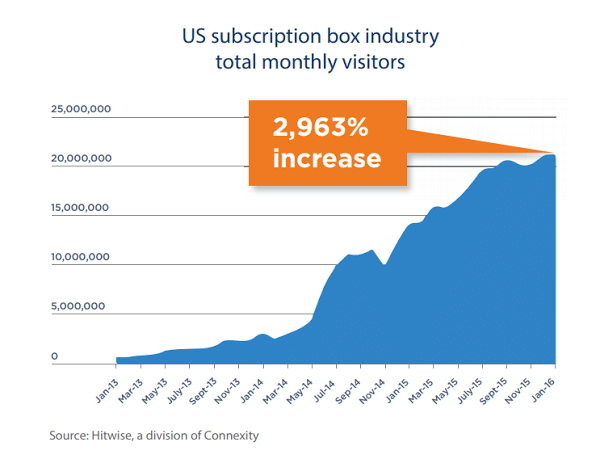
Subscription Box Retailing: Expansion Path or Bound for Bust?
Source: Bigstock
The "subscription box" retail model, in which customers commit to a regular delivery of product, is nothing new. Pre-Internet examples include magazine and newspaper subscriptions, book and record clubs, and a range of food subscriptions services, including Harry and David's 1937 "Box of the Month" service. (source: Wikipedia) However, interest has boomed since 2013, with over 2,000 subscription box start-ups launching with more than $1 billion in venture capital funding. (sou...
HELLO!
This premium article is exclusively reserved for Subscription Insider PRO members.
Want access to premium member-only content like this article? Plus, conference discounts and other benefits? We deliver the information you need, for improved decision-making, skills, and subscription business profitability. Check out these membership options!
Learn more about Subscription Insider PRO memberships!
Already a Subscription Insider PRO Member?
Please Log-In Here!







